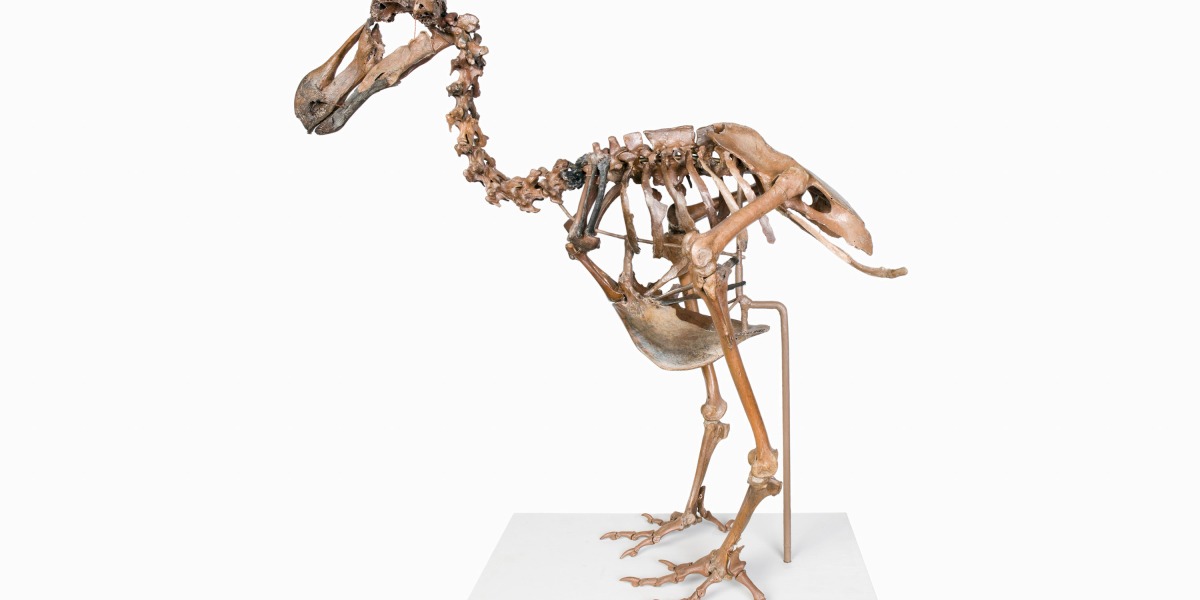
Even if Colossal can make what it terms “a functional proxy for the dodo,” there won’t be a clear answer about where to put it. The big agricultural industry in Mauritius is sugar cane farming, and there are plenty of rats and other non-native predators around. “It would not really be a dodo, it would be a new species. But it still needs an environment,” says Jennifer Li Pook Than, a gene sequencing specialist at Stanford University whose parents were born on the island. “What would that mean ethically, if one is not available?”
Lamm isn’t offering a firm time frame for producing a dodo. He predicted the mammoth could arrive before 2029, and that the dodo could come sooner or later than that, depending on scientific factors.
Another organization, the non-profit Revive & Restore, has worked for a decade towards bringing back the passenger pigeon, a bird that once dominated American skies. But it has confronted a major technical difficulty that will also affect the dodo project.
The problem is that while it is easy to gene-edit bird cells in the lab, it’s hard to turn carefully edited cells back into a bird. For mammals, such as cattle or elephants, the answer is easy: cloning. But cloning into a bird egg doesn’t work—it’s a huge cell and its nucleus is opaque yolk. “You would have to take it out and implant another nucleus, and it’s impossible to do,” says McGrew.
McGrew believes the likely solution is to inject genetically-edited cells into the gonads of a developing pigeon chick. That way, some of those cells will end up forming the new bird’s egg or sperm. If that bird then reproduces, its offspring will be related to the donor cells (and will include any DNA changes). This technology already works, McGrew says, but so far only in chickens.
“They have to be able to transfer this technology to a pigeon,” says McGrew. “We thought that what worked for chickens would apply to other species, but it turns out to be difficult.”
These types of obstacles are why some scientists doubt de-extinction will work, and Shapiro herself has been among the skeptics, expressing doubts about the idea in interviews last year.
However, the geneticist says she’s changed her mind and now views de-extinction as a useful form of scientific public relations. “At first, I was really like, ‘I don’t know about this technology,’” Shapiro says. “But gradually I’ve come to think this is the future. We need to develop these tools and additional approaches to be able to protect species today from becoming extinct. And if we’re going to excite people enough to do that, we’re going to have to throw something big out there, and everybody’s heard of the dodo.”
